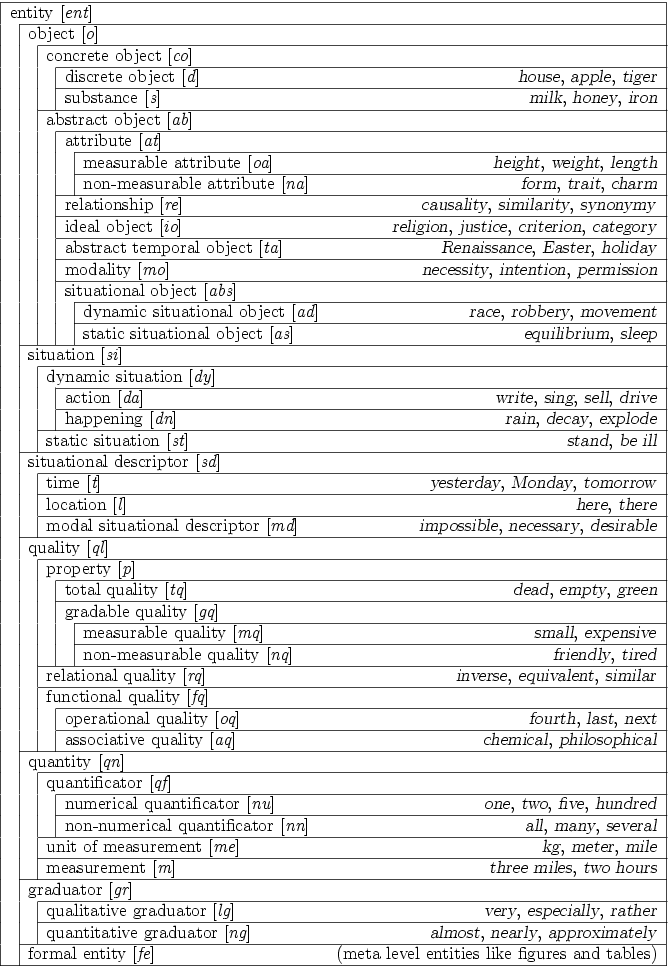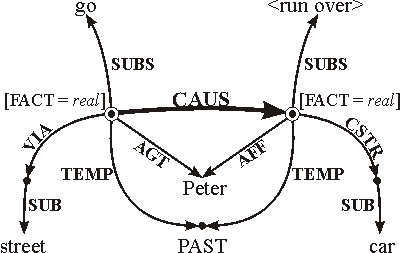Knowledge Representation
with Multilayered Extended
|
||
| [email protected] |
This short presentation describes the knowledge representation paradigm of multi-layered extended semantic networks (the so-called MulitNet paradigm originating from the preceding MESNET version). The essential components of this knowledge representation system and their relation to natural language understanding and knowledge processing are shown in Fig. 1.
A semantic network(SN), whose nodes represent concepts and whose edges represent the relations between the concepts (more precisely, relations and functions), forms the core of the knowledge base (see the workbench for the knowledge engineer MWR). The nodes are assigned to certain sorts of a predefined classification system, a so-called conceptual ontology, and are characterized by attributes and their values corresponding to the different semantic dimensions.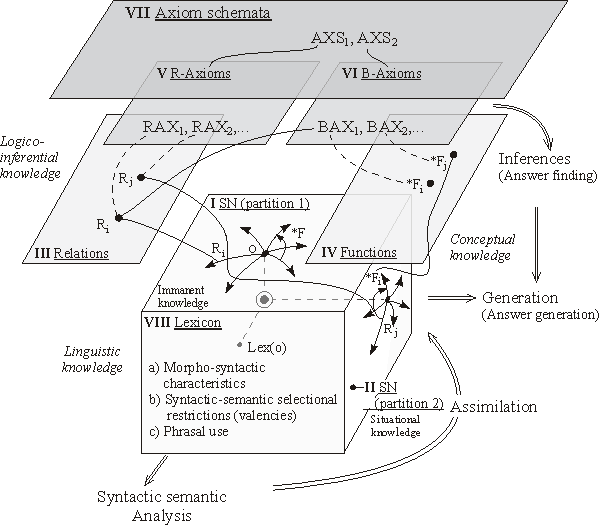
Figure 1: The representational means integrated into the knowledge processing components.
The ontology of predefined sorts is shown in Fig. 1a (corresponding to the upper ontology of MultiNet concepts, defined by the relations SUB and SUBS):
Figure 1a: Ontology of sorts (the upper ontology of concepts in MultiNet)
Each concept is linked with immanent knowledge (see also partition I in Fig.1) that defines the meaning of the concept, and is also linked with situational knowledge (see also partition II in Fig.1) which corresponds to the usage of the concept in the characterization of specific situations. The relations (partition III in Fig.1) and functions (partition IV in Fig.1) are chosen from a fixed repertory of semantic means of representation (see, for instance, relation CAUS). Their meaning is defined by axioms. We distinguish R-axioms (partition V in Fig.1) and B-axioms or meaning postulates (partition VI in Fig.1). R-axioms do not contain any semantic representatives of natural language expressions. B-axioms contain representatives of concepts as non-logical constants. Examples for such axioms can be found in the description of the causal relation CAUS in Fig. 2. The connection between CAUS and concepts like cause or effect are specified via corresponding B-axioms in partition VI. In addition, schemata of axioms are employed for reasons of economical representation (partition VII in Fig.1). They describe entire classes of axioms of the partition V and VI and use also expressional means from higher order predicate logic. The partitioning into immanent and situational knowledge is achieved through methods of layering and encapsulation.
There is a comprehensive documentation for the representational means of MultiNet. Figure 2 gives an impression of the methodology employed for the description of more than hundred relations and functions which are part of MultiNet. These digitally available descriptions are also accessible as on-line help in the tools for knowledge processing.
CAUS: causal relation, relation between cause and effect
CAUS: si' × si' (the signature is based on the sorts of the concept ontology)
- Definition
- The relation (s1 CAUS s2) denotes that the real situation s1 is the cause for the real situation s2.1 s2 is the effect which was actually brought about by s1. The CAUS relation is transitive, asymmetric and not reflexive.
- Mnemonic
- CAUS - cause
- Question pattern
- {Why / How is it that} <s2>?
- {Of which / From what} {[die] / [suffer] / [fall ill] / ...} <d>?
{What is the cause for} <s2>?
What [be] the effect of <s1> on <s2>?
{Thanks to what / Due to {what / whom}} [do] <s2> {[happen] / [ take place] / ...}?
- Comment
- The causality relation is closely connected with the temporal relation ANTE, since the effect cannot take place before the cause in the course of time:
(x CAUS y)¬(y ANTE x) (1)
- The following relationship exists between the relations CSTR ("causator") and CAUS: (s1 CSTR d)
s2 ([(s2 AGT d)
(s2 INSTR d)]
(s2 CAUS s1)) (2) Sentence 3 below can be taken as a typical example for the description of a causal relationship. This sentence illustrates the fact that CAUS unlike COND ("conditional relation") and IMPL ("implication") always interconnects real facts, which are denoted by the feature [FACT = real].
- [1] "[The excitement] (caus, 2) caused by [the unusual event] (caus, 1)."
- [2] "[Peter suffers] (caus, 2) [from Gastritis] (caus, 1) ."
- [3] "Because [Peter went across the street,] (caus, 1) [he was run over by a car](caus, 2). "
Figure 2: Typical description schema for a relation of the MultiNet paradigm.
The correlation between natural language words and concepts (the nodes of the semantic network) is crucial for the knowledge representation systems of AI, especially if their knowledge contents are to be automatically inferred from natural language information. This interface is given by the lexicon (partition VIII in Fig.1). The semantic components of this lexicon (especially the valencies of the verbs, adjectives and nouns) are also formulated with representational means of the semantic network (see the workbench for the computer lexicographer LIA). This approach warrants a uniform representation for linguistic knowledge and "world knowledge" (fulfillment of the so-called homogeneity criterion), an essential precondition for the syntactic semantic analysis carried out by the WOCADI parser (NatLink), which automatically translates natural language expressions (phrases, sentences, texts) into MultiNet representations.
The layer structure of MultiNet knowledge bases is carried by a multidimensional system of layer attributes and their values (see Fig. 3).
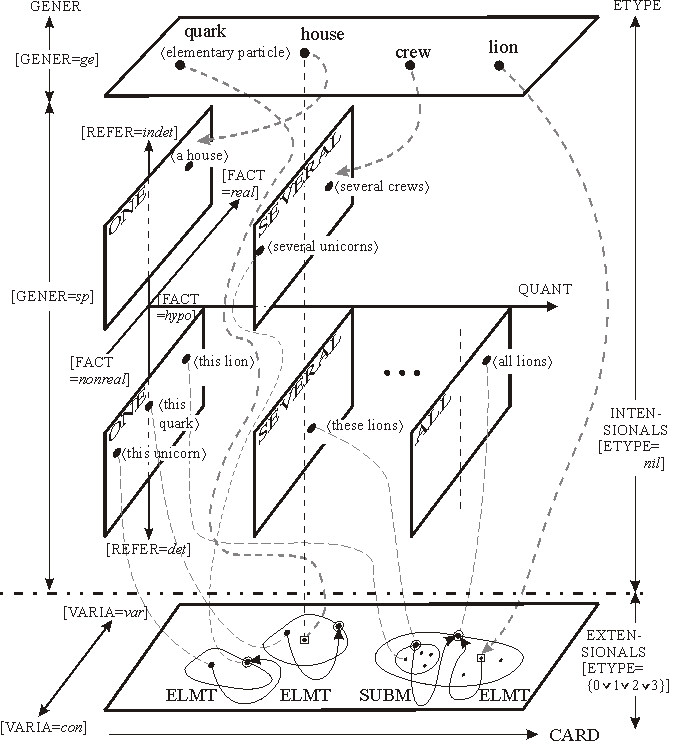
Figure 3: Embedding of concepts into a multidimensional space of attributes.
MultiNet's idea of "layers" has its parallel in the n-dimensional Euclidean space. If one fixes a value of a specific dimension in the latter (e.g. the value of the z-coordinate in a three-dimensional space of the coordinates x, y, z), the result will be an (n-1)-dimensional plane (in our example this is a plane which lies parallel to the x-y-plane). Similarly, the fixing of the value of a special layer attribute, e.g. [GENER = ge], results in the layer of generic concepts; the fixing of the value [FACT = hypo] results in the layer of hypothetically assumed facts or hypothetical objects. By fixing [ETYPE = 1] and [GENER = ge] we select semantic representatives of all collective nouns (this includes nouns like cattle, police and so on).The representation of a concept's semantic scope requires special expressional means, otherwise it would not be possible to indicate and to distinguish within a semantic network the relations (edges) that define a certain concept and those which merely refer to this concept. In MultiNet the delimitation of the concept's semantic scope is achieved by the encapsulation of concepts and their semantic components (cf. Figure 4 a). In the graphic representation, such a semantic capsule is represented by an oblong which is subdivided into several parts according to the different components of the concept.
In the first instance two different parts of the concept's meaning can be discerned:
- The immanent knowledge contains that part of the knowledge about a concept which is independent of the situational embedding or the use of the concept in the description of a specific fact. - In the graphic representation, immanent knowledge is characterized by light or dark shading.
- The situational knowledge contains that part of the knowledge specifying in which way a concept is involved in a specific situations. This part does not influence the meaning of the concept. - In the graphic representation, situational knowledge is displayed in the unshaded part of the capsule.
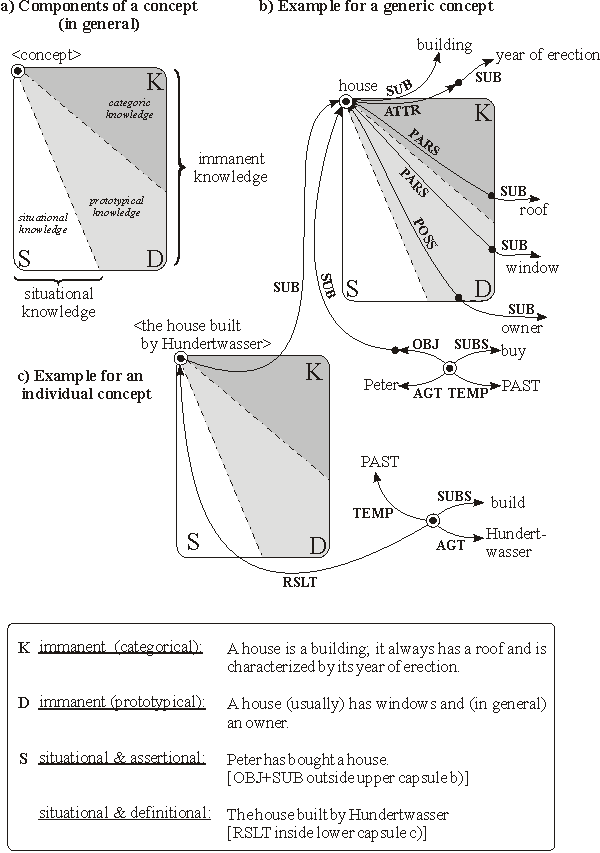
Figure 4: The meaning components of a concept.
The immanent knowledge can be further subdivided into two different parts, namely a categorical part (this component is shaded darkly in the figure and marked with a K) and a prototypical part, also called default part (shaded lightly in the picture and marked with a D). The latter a priori occurs only in the case of generic concepts.3 However, the essential distinction between these components is related to the inferential processes which are associated with the different immanent knowledge parts. The categorical part of the scope of meaning of a generic concept is strictly inherited (i.e. without exceptions) by all sub-concepts and subordinated specializations (the carrier of this inheritance are the subordination relations SUB and SUBS). From a logical point of view, the statements of the categorical part are connected with a universal quantification. If we take the representation in Figure 4 as a starting point, then we can conclude that each specific house (<a villa >, <a warehouse >, <Paul's new house > etc.) is a building which has a roof and can be characterized by a year of erection.
The prototypical part of a generic concept's scope of meaning on the other hand has to be taken as default knowledge, which in the same way as categorical knowledge is inherited from top to bottom in the hierarchy of concepts. In this context, the term default denotes a basic assumption which is valid as long as there is no other information available. In contrast to categorical knowledge, however, default knowledge (prototypical knowledge) can be revised or overwritten in exceptional cases.
For example, it is reasonable to assume that a house has windows and doors or that it is owned by someone, yet one can easily imagine houses with no windows or doors (a warehouse without windows, a pueblo house with an access hatch instead of a door, etc.). Also, a house might have become derelict, i.e. it might have been abandoned by the owner, and so on. Hence it follows that categorical knowledge is linked with strictly monotonic modes of reasoning just like those valid in classical predicate logic, while the prototypical knowledge is characterized by non-monotonic modes of reasoning for which the so-called Default Reasoning is typical.
There are several tools available for the MultiNet paradigm which support the essential aspects of knowledge management, namely the acquisition of knowledge, the representation of knowledge and the manipulation of knowledge. These tools are:
In the presentations of these tools (accessible via the marked links), one can also find corresponding examples of applications and network representations of natural language expressions. One of the most important practical applications of MultiNet is its use as semantic interlingua for information retrieval on the Internet realized, among others, in the natural language interface NLI-Z39.50.
- MWR - a graphic user interface for the knowledge engineer
- WOCADI (NatLink) - an analysis system for the automatic translation of natural language expressions into MultiNet structures
- HaGenLex / LIA- a semantically oriented computational lexicon, which is based on the MultiNet paradigm, and a corresponding workbench for the computer lexicographer
- VILAB - the virtual electronic laboratory, which is also used to teach students the essentials of MultiNet.
Notes
(1) The parameter value [FACT= real] is symbolized by a prime at the sort symbol.
(2) For other sorts, the layer characteristics is not relevant.
(3) The term default knowledge also explains the abbreviation D for the prototypical part of the knowledge. An individual concept can receive default knowledge by inheritance (this default knowledge may be overwritten if more recent information is acquired).Selected references concerning MultiNet
Publications of the IICS Group
MultiNet MWR WOCADI (NatLink) VILAB NLI-Z39.50 HaGenLex / LIA
Hermann Helbig - Chair of Intelligent Information and Communication Systems - University of Hagen



